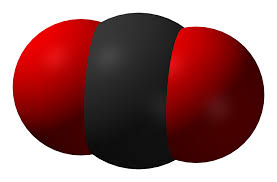 Carbon monoxide (CO) is a poisonous gas that has no smell or taste. Breathing it in can make you unwell and it can kill.
Carbon monoxide (CO) is a poisonous gas that has no smell or taste. Breathing it in can make you unwell and it can kill.
It is sometimes referred to as the 'silent killer'. In the UK, more than 50 people die from accidental carbon monoxide poisoning every year, and 200 people are left seriously ill.
| Molecular formula | CO |
|---|---|
| Molar mass | 28.010 g/mol |
| Appearance | colourless gas |
| Odour | odourless |
| Density | 789 kg/m3, liquid 1.250 kg/m3 at 0 °C, 1 am 1.145 kg/m3 at 25 °C, 1 atm |
| Melting point | −205.02 °C, 68 K, -337 °F |
| Boiling point | −191.5 °C, 82 K, -313 °F |
| Solubility in water | 27.6 mg/1 L (25 °C) |
| Solubility | soluble in chloroform, acetic acid, ethyl acetate, ethanol, ammonium hydroxide, benzene |
| Refractive index (nD) | 1.0003364 |
| Dipole moment | 0.122 D |
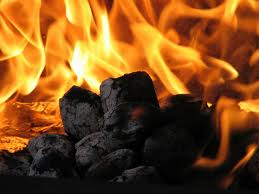
Carbon monoxide is produced when fuels such as gas, oil, coal, or wood do not burn fully. When a fire burns in an enclosed space, such as a room, the oxygen is gradually used up and replaced with carbon dioxide. The fuel is unable to burn fully and releases carbon monoxide. Incorrectly installed, poorly maintained or poorly ventilated household appliances, such as cookers, heaters and central heating boilers, are the most common sources of carbon monoxide. Blocked flues and chimneys can also prevent carbon monoxide escaping, allowing it to build up to dangerous levels. Carbon monoxide is also produced by barbecues whether they use gas or charcoal.
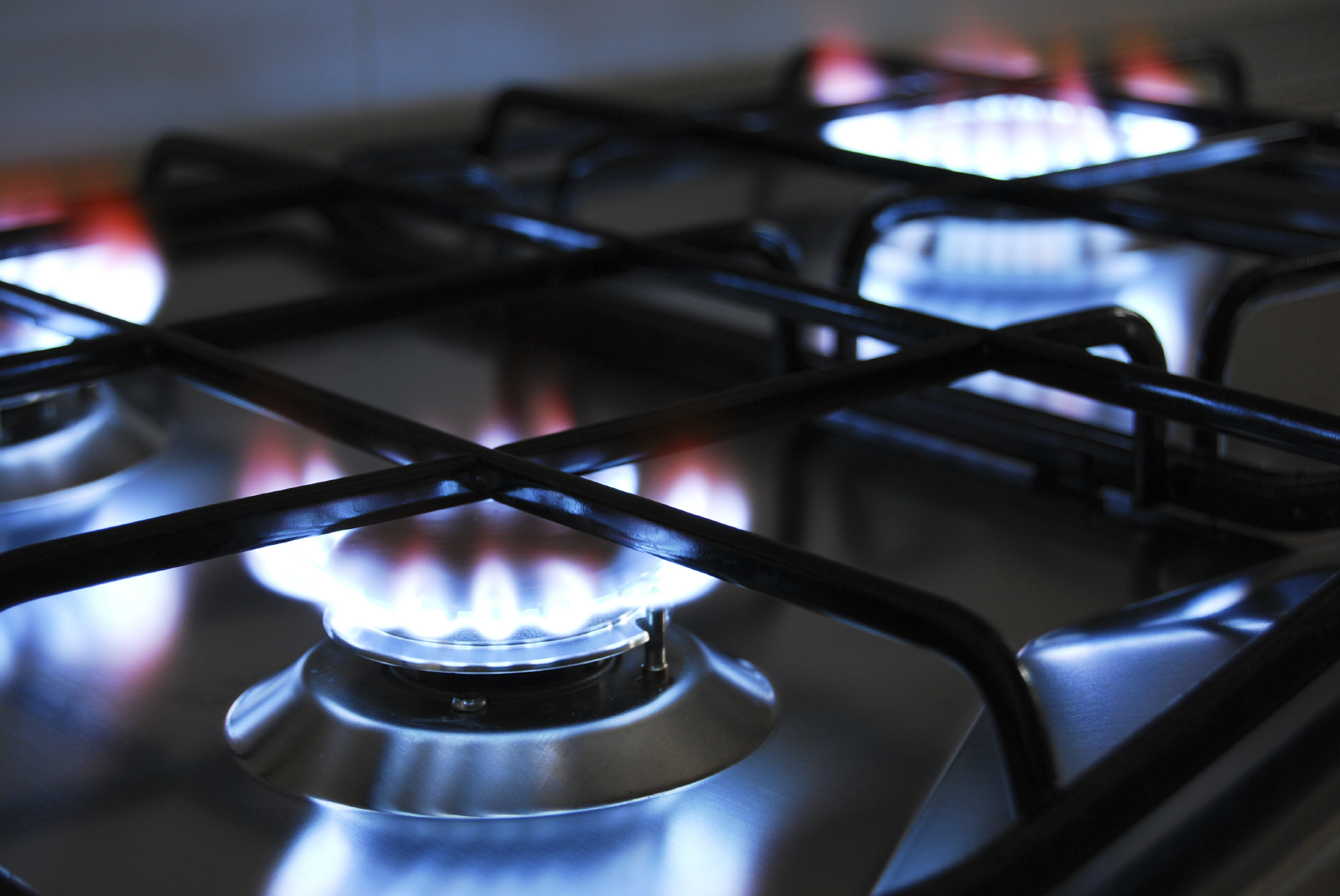 Carbon monoxide poisoning occurs when you breathe in even small amounts of the gas. When you breathe in carbon monoxide, it gets into your blood stream and prevents your red blood cells from carrying oxygen. Without oxygen your body tissue and cells die. Levels that do not kill can cause serious harm to health when breathed in over a long period of time. Long term effects of carbon monoxide poisoning include paralysis and brain damage.
Carbon monoxide poisoning occurs when you breathe in even small amounts of the gas. When you breathe in carbon monoxide, it gets into your blood stream and prevents your red blood cells from carrying oxygen. Without oxygen your body tissue and cells die. Levels that do not kill can cause serious harm to health when breathed in over a long period of time. Long term effects of carbon monoxide poisoning include paralysis and brain damage.
Early symptoms of carbon monoxide (CO) poisoning can be similar to food poisoning, viral infections, flu or simple tiredness. However, unlike flu, carbon monoxide poisoning does not cause a high temperature.
The longer you inhale carbon monoxide, the worse your symptoms will be. You may lose balance, vision and memory. Eventually, you may lose consciousness. This can happen within two hours if there is a lot of carbon monoxide in the air. However, symptoms of carbon monoxide poisoning can sometimes occur days or months after breathing in carbon monoxide.
Carbon monoxide is a danger to everyone, but certain groups are more vulnerable. These include:
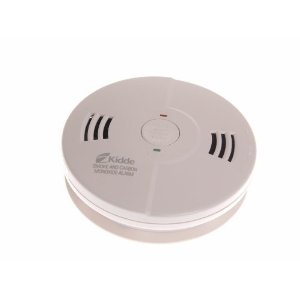
The best way of protecting you and your family is to be aware of the dangers and identify any appliances in your house that could potentially leak carbon monoxide.
Installing a CO alarm will detect a carbon monoxide leak in your home and give out a high-pitched noise when levels of the gas are high. They are available from DIY and hardware stores. However, alarms are not a substitute for maintaining and regularly servicing household appliances.
Carbon monoxide is a danger to everyone, but certain groups are more vulnerable. These include:
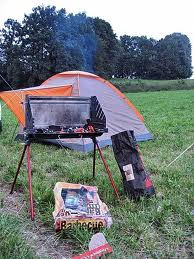
Never take a barbecue into a tent, awning, caravan or motorhome. A warm, smouldering barbecue still gives off carbon monoxide for several hours after you have finished cooking.
Never use a fuel-burning appliance to heat your tent or awning. Gas and kerosene heaters – unless they are permanently fitted in a caravan or motorhome – should only be used outside. Stoves and barbecues are designed for cooking not space heating.
Never run a gas-, petrol- or diesel-powered generator inside a caravan, motorhome, tent or awning.
Don't cook inside your tent or awning, unless there’s an area specifically designed for this purpose and you’re sure there is adequate ventilation. To work safely camping stoves need more ventilation than your tent or awning is designed to provide and there’s also the risk of fire.
Don't use any other gas, charcoal or liquid fuel appliances inside a tent or awning. Gas-powered fridges and lamps, for example, also need plenty of ventilation to prevent them producing poisonous carbon monoxide. Tents and awnings aren’t generally designed with this in mind.
Don't rely on a carbon monoxide (CO) detector to keep you safe in a tent or awning. They may be useful at home, in a caravan or in a motorhome, but they are not designed for the conditions found in a tent or awning.
![]() The information provided in this article is for guidance only. Safety precautions and instructions should be used at all times and if unsure always seek professional guidance. Camping-Gas.com cannot be held responsible for any information provided.
The information provided in this article is for guidance only. Safety precautions and instructions should be used at all times and if unsure always seek professional guidance. Camping-Gas.com cannot be held responsible for any information provided.